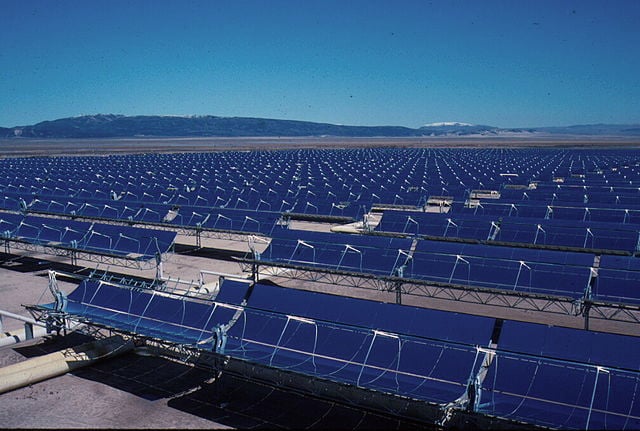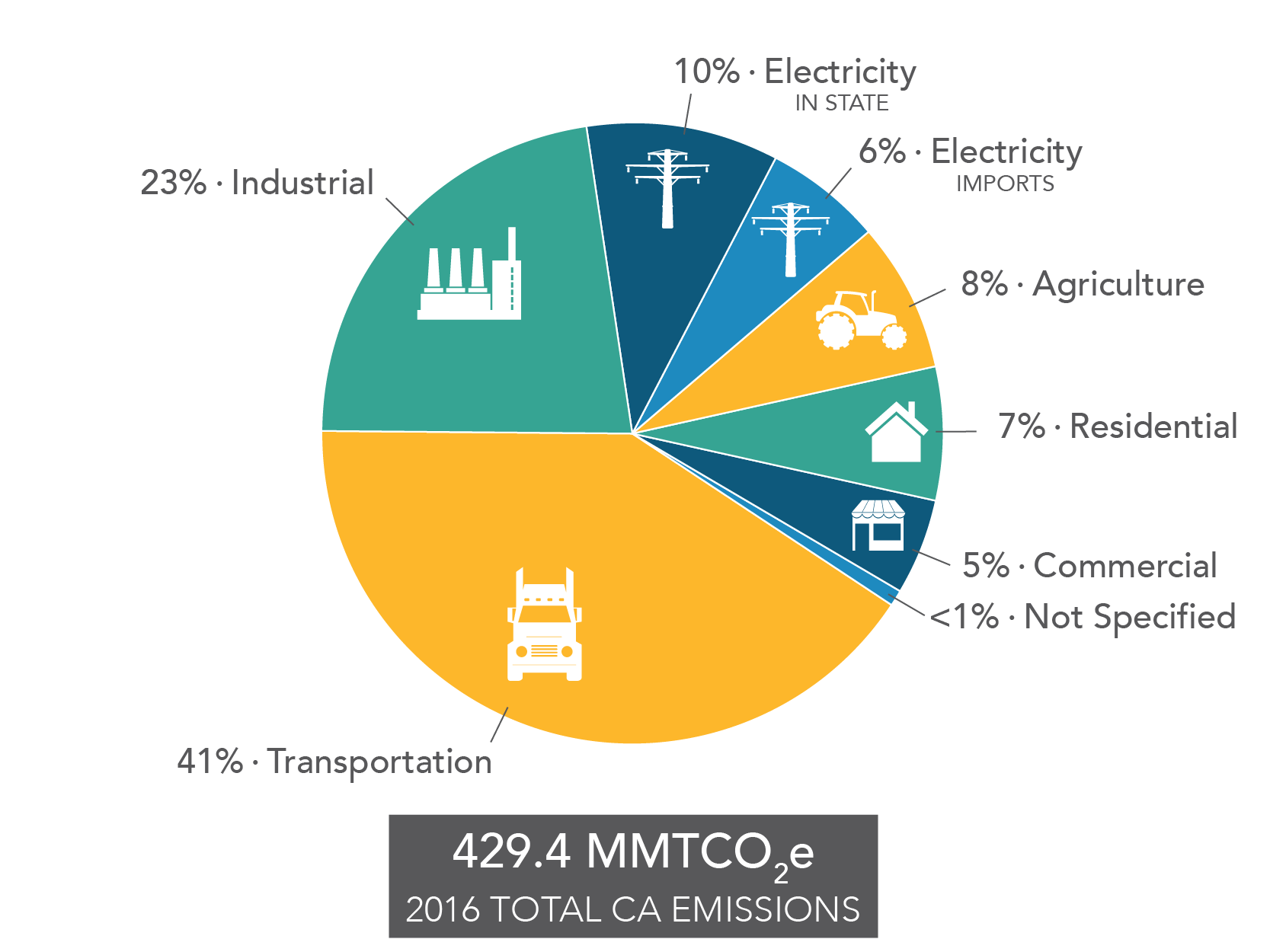Great news!
Via the signing of California Senate Bill 100 (SB 100) by Governor Jerry Brown on Sept. 10th California is now charged with getting 100 percent of its electricity from renewable sources by 2045.
California is an energy leader and this particular move in the Golden State substantiates that. But, the move goes beyond this as the move is, in fact, precedent-setting. What this move is not, on the other hand, is surprising and neither is it unique as Hawaii in adopting said goal was the very first state to do just that.
Back to California, greenhouse gas emissions (GHGs) have been on the decline statewide since 2004 when state emissions output was 492.4 million metric tons of carbon dioxide equivalent. Since that date, that has been the overall general trend. Meanwhile, 2016 data from the California Environmental Protection Agency Air Resources Board (the most recent available) shows state GHG output to be at a level of 429.4 MMTCO2e besting the level in 1990 by 1.6 MMTCO2e. That’s inspiring!
As it relates, one could almost say this day could be seen coming as in the handwriting being on the wall. Case in point: the targets for yearly statewide GHG emissions reduction were 40 and 80 percent below that in 1990 for years 2030 and 2050, respectively. (See: “Progress report: California reaches 2020 GHG target of 431 MMTCO2e” for more perspective here).
Reaching those goals, of course, won’t be easy. In other words, the state will have its work cut out. That’s a given.
But, the tasks should be made much less difficult considering that electricity literally coming down the line, the transmission line, that is, will by 2045 be totally renewable-sources fed; such renewable sources including solar, wind, wave, geothermal and hydroelectric power (both large- and small-scale). California’s last nuclear facility, meanwhile, the generating station located in San Luis Obispo County, is slated for going off-line and being fully decommissioned by 2025.
It’ll also require the state and its governmental, residential, business, industrial, agricultural, energy and transportation components all doing their parts.
Caveats, challenges
First and foremost, with the understanding that neither does the sun always shine nor the wind always blow, with this in mind, energy storage will play a critical role.
Moreover, it practically goes without saying that much of California’s transportation platform will necessitate being renewable-energy powered.
Storing energy in vast quantities and powering transportation mostly from non-fossil-fuel supplies will be a tall order to fill. But, that and other greenhouse-gas-emissions-reduction actions is exactly what it is going to take. All of which will mean a concerted commitment from all interested parties being advanced.
When realized, the benefits will be two: cleaner skies and healthier lives.
It should as well be noted that there will be attached monetary costs: there is no such thing as a free lunch here. To achieve the aforementioned GHG-reduction benchmarks, incurred expenses may, in fact, be higher.
On the other hand, Californians, in knowing that whatever the increased costs are (as long as said increases are not unreasonable), if in the end direct air quality and health gains result, the citizenry stands a better chance of going along.
Please keep in mind that a possible positive in all of this is that coupled with improvements and greater efficiencies made in the consumer appliances, energy production systems and travel and transportation devices, etc. realms, the financial hits to Californians’ pocketbooks will presumably be less.
The more committed the state as a whole is at meeting the 2045 deadline for 100 percent utility supplied electricity from renewable sources (which, energy-generation-wise, will ultimately bring the state to a healthy state of repair), the better the chances of success.
With the related new laws now signed California is off to an excellent start.

Images: California Environmental Protection Agency Air Resources Board (upper); USA. Gov – BLM – Bureau of Land Management (lower)
This post was last revised on Dec. 18, 2020 @ 4:37 p.m. Pacific Standard Time.
– Alan Kandel


Good news and good reporting!
Thank you.
Great news indeed. I depend on this blog for info like this.